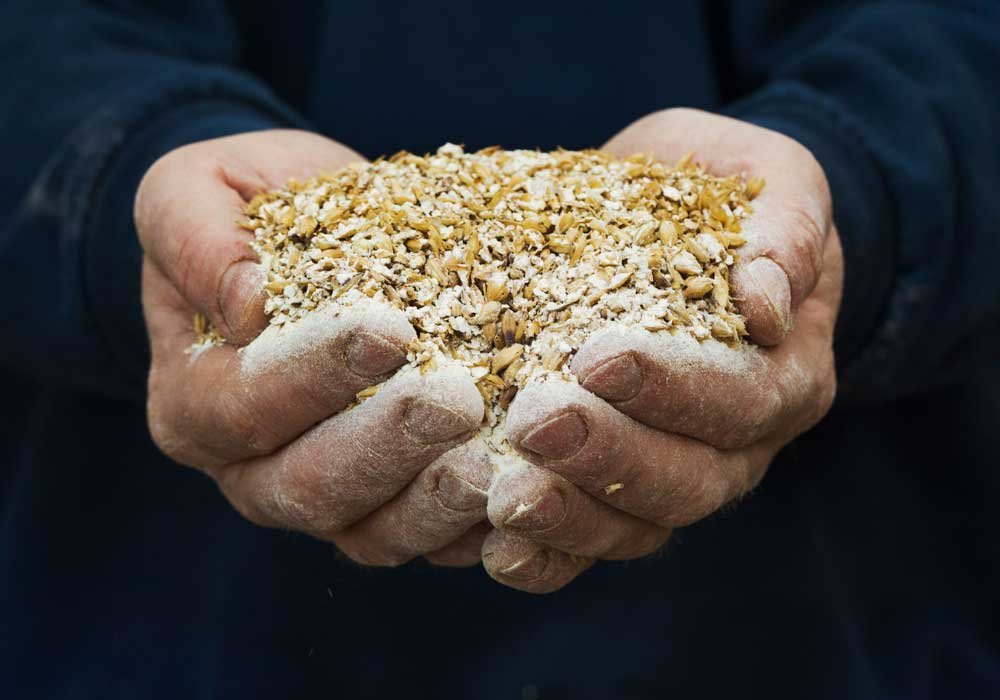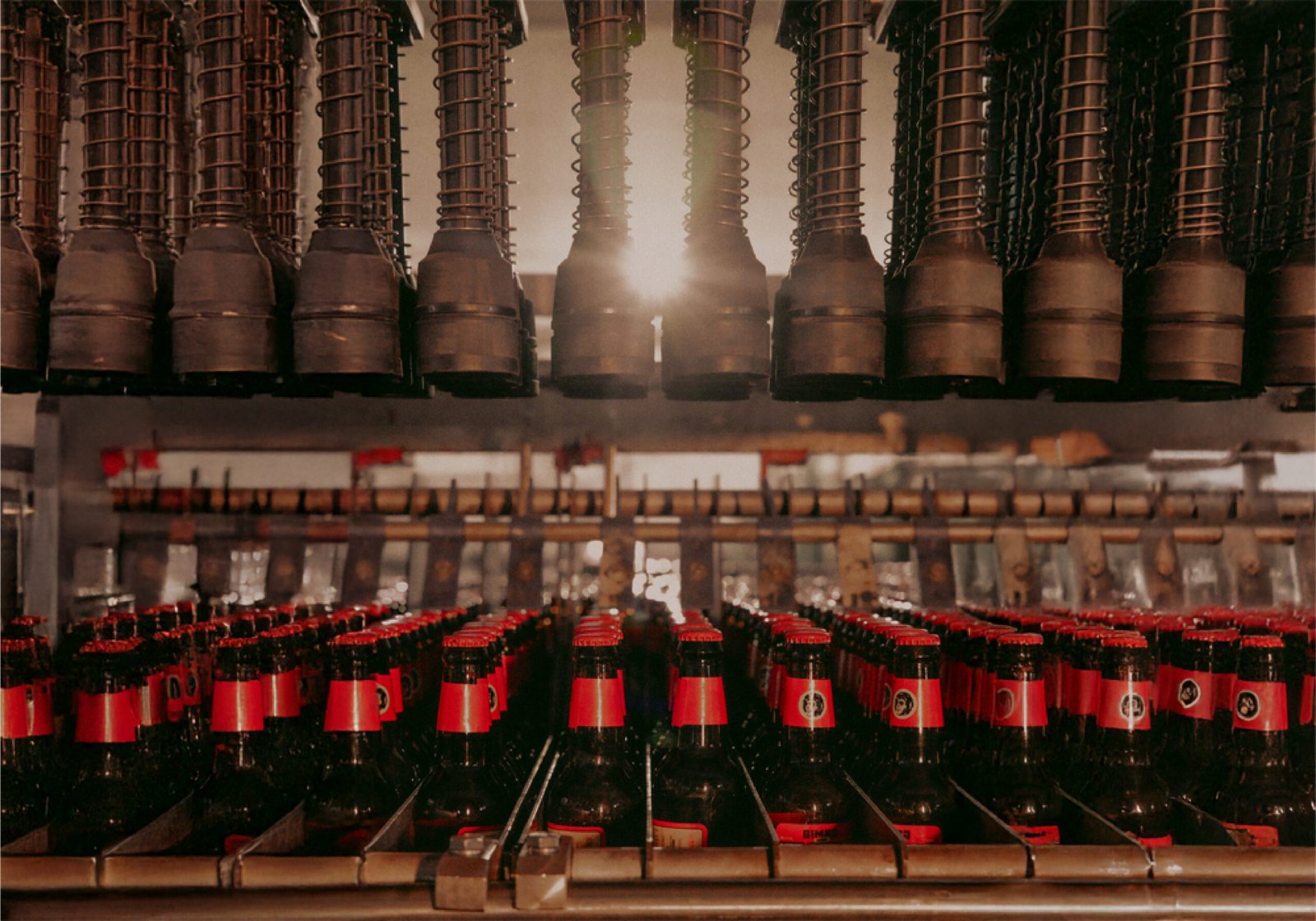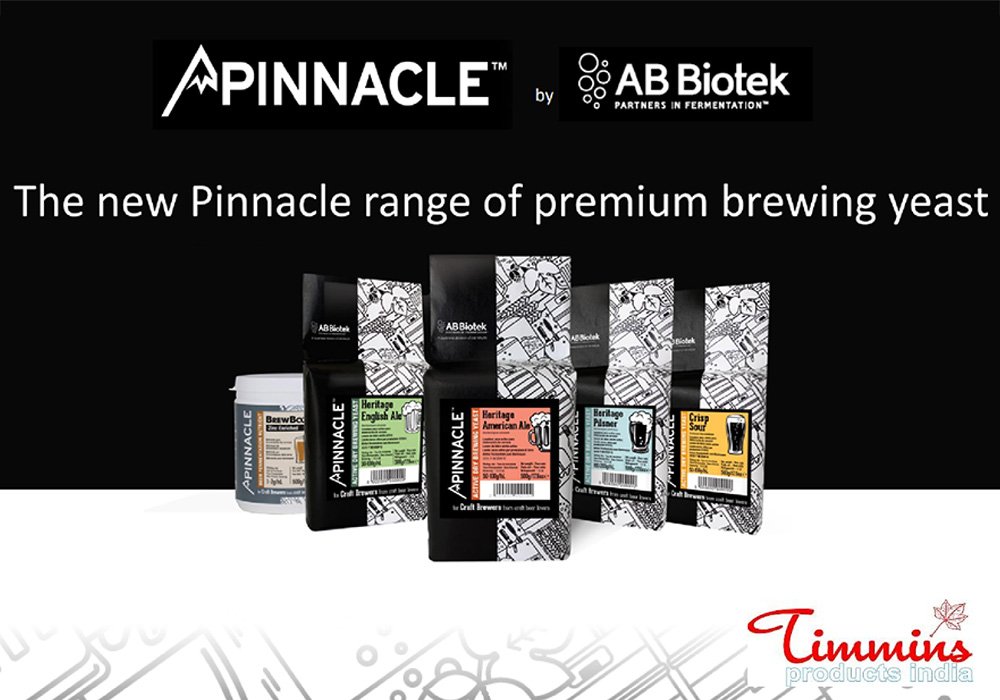
Milling malt the right way is crucial to the beer brewing process. The key objective of milling is to reduce the malt kernels into smaller particles in preparation for mashing and lautering. Prior to milling, malt has starchy endosperms hidden underneath its husk. All of these starches need to be broken down and exposed to extract all the sugars into the wort. Milling can be done either dry or wet. Let’s dive into the guide to milling to know more about the process.
Dry Milling
Dry milling is the most common milling process followed by the majority of modern breweries. In this process, milling heavily relies on the roller mill which varies with a degree of complexity. There are different types of malt mill with two, four, five or six rollers and an array of screens which vibrate to crush and segregate the grain kernels.
[caption id="attachment_21906" align="aligncenter" width="1000"] Grist before milling[/caption]
Grist before milling[/caption]
An ideal grist for a brewery comprises the outer husk which is separated from the grain and endosperm crushed and exposed to form a uniform particle. The separated husks form as a filter bed during the mashing process which are essential to keep the crushed grains from sticking together.
Malt which is milled too fine will produce dust-size fragments that tend to float around and obstruct the flow of wort. This will lead to incomplete extraction of sugars. On the other hand, milling too coarse will not expose any starches and in turn cause lower mash efficiency. Therefore, as a rule of thumb, it is recommended to crush/mill the grains in a consistent way until the desired combination of fine and coarse grinds is achieved.
Dry milling is simple and easy but it generates dust with imminent hazard of explosive ignition by sparks.
[caption id="attachment_21907" align="aligncenter" width="1000"] Milled grains[/caption]
Milled grains[/caption]
Wet Milling
In wet milling, malt is steeped in large quantities of warm water in the grinding operation. This is done to raise the moisture content in malt up to 15%. In comparison to dry milling, this process ensures that pre-wetting not only reduces the damage to the husk but also leads to more volume of grist in lauter tun.
[caption id="attachment_21908" align="aligncenter" width="1000"] Brewers using a standard 2-roller milling system[/caption]
Brewers using a standard 2-roller milling system[/caption]
When the grains are dry, the chances of shattering its husk are much higher. Wet milling ensures that the grain husk remains intact and allows for a faster run-off time. In addition to this, wet milling produces no dust and there is no hazard of explosive ignition by sparks.
Its disadvantage is that wet milling systems are expensive and need to be constructed with corrosion resistant alloys. Since the grains are wet, there’s a high chance of mold and other contaminants if the system is left untreated.
Conditioned wet milling is another method where it blends two previously mentioned techniques. Here the malt enters a steeping chamber prior to being crushed and briefly exposed to hot water. Grain husk absorbs the water instantly and then sent through the mill rollers. Similar to wet milling, this does not produce any dust.













